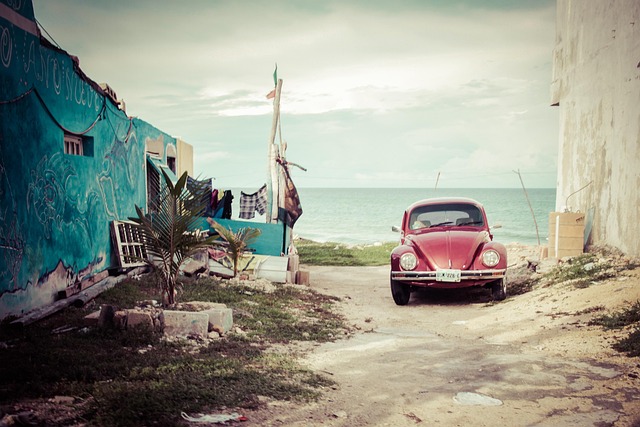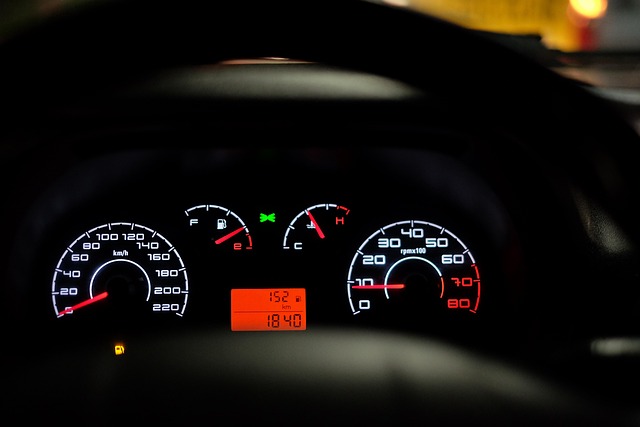Vinyl Wrap vs. Respray: Which is the Best Option for Your Car’s Makeover?
When it comes to giving your car a fresh new look, two popular options often come to mind: vinyl wrap and respray. Each method has its own set of advantages and disadvantages, making the choice between them dependent on various factors such as aesthetic needs, budget, and long-term maintenance expectations. In this post, we will explore the pros and cons of vinyl wrapping and respraying to help you make an informed decision.
Understanding Vinyl Wrap
Vinyl wrapping involves covering your car’s existing paint with a high-quality vinyl film. This film comes in a variety of colors and finishes, allowing for a vast range of customization options.
Pros of Vinyl Wrap
- Less Expensive: Generally, vinyl wrapping is more affordable compared to a full respray, making it a budget-friendly option for many car owners.
- Quick Installation: A vinyl wrap can usually be applied in a matter of days, whereas respraying might take longer due to drying and curing times.
- Reversible: One of the significant advantages of vinyl wrap is that it can be removed without damaging the underlying paint, allowing for easy changes in the future.
- Variety of Finishes: Vinyl wraps are available in numerous colors, textures (like matte or gloss), and patterns, providing you with endless customization options.
- Protective Layer: A vinyl wrap can offer an additional protective layer over your car’s paint, helping to reduce minor scratches and UV damage.
Cons of Vinyl Wrap
- Durability: While vinyl wraps can last several years, they may not be as durable as a high-quality paint job, especially in harsh weather conditions or if not properly maintained.
- Installation Quality: The outcome heavily depends on the skill of the installer. Poor installation can lead to bubbles, peeling, or a less-than-perfect finish.
- Limited Longevity: Vinyl wraps typically last between 3 to 7 years, after which they may start to fade or peel.
Understanding Respray
Respraying, or repainting, involves applying a new layer of paint to your car. This method is often used to restore a vehicle’s original color or change it entirely.
Pros of Respray
- Durable Finish: A high-quality paint job can last much longer than a vinyl wrap, providing a robust and long-lasting aesthetic.
- Professional Results: When done by a skilled professional, a respray can yield a flawless finish that enhances the overall look of your vehicle.
- Better Color Matching: If you’re aiming for a specific color, respraying allows for more precise color matching, especially for touch-ups or repairs.
- Increased Value: A well-done respray can potentially increase your car’s resale value, especially if it restores its original luster.
Cons of Respray
- Higher Cost: Respraying a car can be significantly more expensive than vinyl wrapping, often costing thousands of dollars, depending on the quality of paint and labor.
- Time-Consuming: The process of respraying takes longer due to the need for surface preparation, painting, and curing periods.
- Permanent Change: Unlike vinyl wraps, a respray is a permanent modification to your car’s appearance, which may not be desirable if you like to change styles frequently.
- Potential for Damage: If not done correctly, respraying can result in issues like runs, uneven surfaces, or even damage to the underlying layers.
Which Option is Right for You?
Choosing between vinyl wrap vs. respray ultimately depends on your individual needs and circumstances. Here are some factors to consider:
Budget
If you are looking for a cost-effective solution, vinyl wrapping is typically the more affordable option. However, if you have a larger budget and seek a long-lasting finish, a respray may be worthwhile.
Longevity
For those who plan to keep their car for many years and want a durable finish, a respray is likely the better choice. Conversely, if you enjoy changing your car’s look every few years, vinyl wrapping provides the flexibility you need.
Aesthetic Preferences
If you desire a specific design or texture that is not readily available in paint, vinyl wrapping offers a wider variety of options. But for a classic, high-quality paint job, respraying is unmatched.
Maintenance Expectations
Consider how much maintenance you are willing to perform. Vinyl wraps require careful cleaning to avoid damage, while a respray may need less frequent upkeep if done properly.
Conclusion
Both vinyl wrapping and respraying have their unique advantages and drawbacks. By evaluating your budget, aesthetic preferences, and long-term goals, you can determine which option best suits your car’s makeover. Whether you choose the flexibility of a vinyl wrap or the durability of a respray, make sure to consult with professionals to ensure high-quality results for your cherished vehicle.



